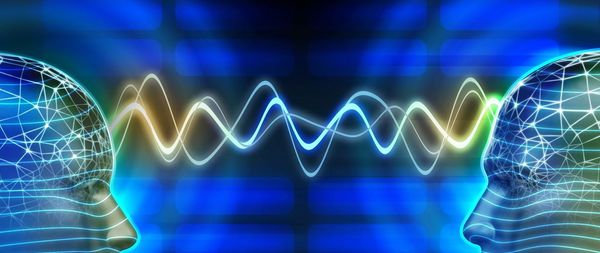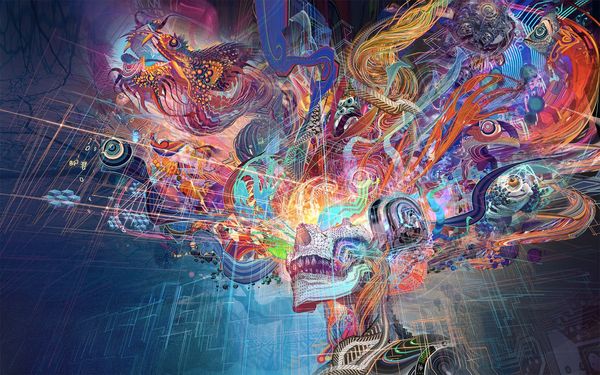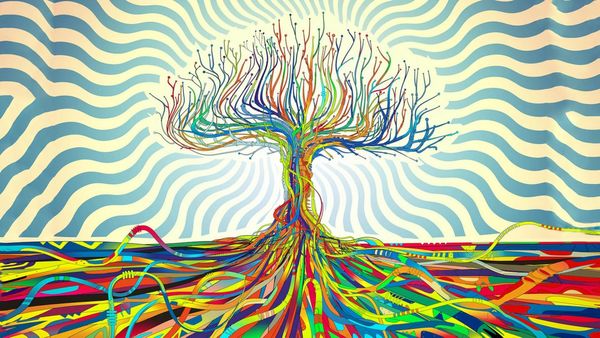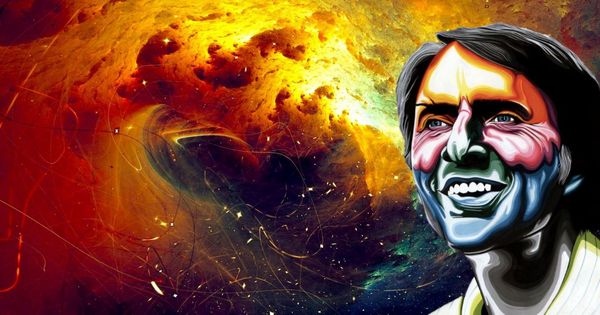Jordan Lejuwaan • • 2 min read
Einstein’s Theory of Relativity: Explained

Einstein’s Theory of Relativity is mostly known for its assertion that time travel is possible, but in reality this theory encompasses much more. The theory itself is actually split into Special Relativity and General Relativity.
Special Relativity is based upon two postulates:
1) The laws of physics are the same for all observers in uniform motion relative to one another.
2) The speed of light in a vacuum is the same for all observers, regardless of their relative motion or the motion of the source of the light.
What are the consequences of these postulates? They are best explained with these YouTube videos which use excellent animation to show their points:
– Time Dilation and Time Travel: Moving clocks are measured to tick more slowly than an observer’s “stationary” clock. The video below explains:
– Simultaneity of Events: It is impossible to say with absolute certainty that two events occur at the same time if the events occur in different spaces. The perception of when each takes place depends on the observer:
– Length Contraction: This result of special relativity is only relevant when looking at objects moving at speeds above 30,000,000 m/s. At that speed, however, objects appear to be shorter than they what they appear as when stationary or moving at a slower speed. While this is interesting in itself, the real insight comes from realizing that if an observer sees an object moving at the speed of light (assuming this is physically possible), then the object will appear to have no length whatsoever. What follows is the idea that if an object has mass, it cannot move at the speed of light. Hence the speed of light, 299,742,458 m/s, is the universal speed limit for anything with physical mass. Anything moving at the speed is pure energy, which leads to the final conclusion of special relativity…
– Energy = (Mass)(Speed of Light) 2: This equation explicitly shows that mass can be converted to energy and vice-versa. It also upholds the concept of Conservation of Matter and Energy because the equation shows that when matter disappears in some objects, it is only because it has been converted to energy which is equivalent to mass.
General Relativity is the geometric theory of gravitation put out by Einstein to argue against Newton’s Law of Universal Gravitation. Newton’s law was based on the idea that gravity could move faster than the speed of light, which Einstein obviously found to be false. Consequently, Einstein stated that gravity is instead a property of the geometry of space and time, also called spacetime. The only way for you to fully understand this is to watch the video below, and I promise that it will blow your mind. You will never think about gravity in the same way again.
The consequences of General Relativity are as follows:
1) Gravitation Time Dilation: time moves more slowly in gravitational fields than it does in fields lacking n gravitation pull. The mass of the effect is proportional to the strength of the gravity.
2) Beams of light are bent as they travel through gravitational fields, which explains the existence of black holes
3) Frame-Dragging: a rotating object with mass will drag along the spacetime that is around it. One example is light moving in the same rotational direction as the object will appear to move faster to a distant observer light moving in the opposite direction. Here is a 10-second clip illustrating this idea:










